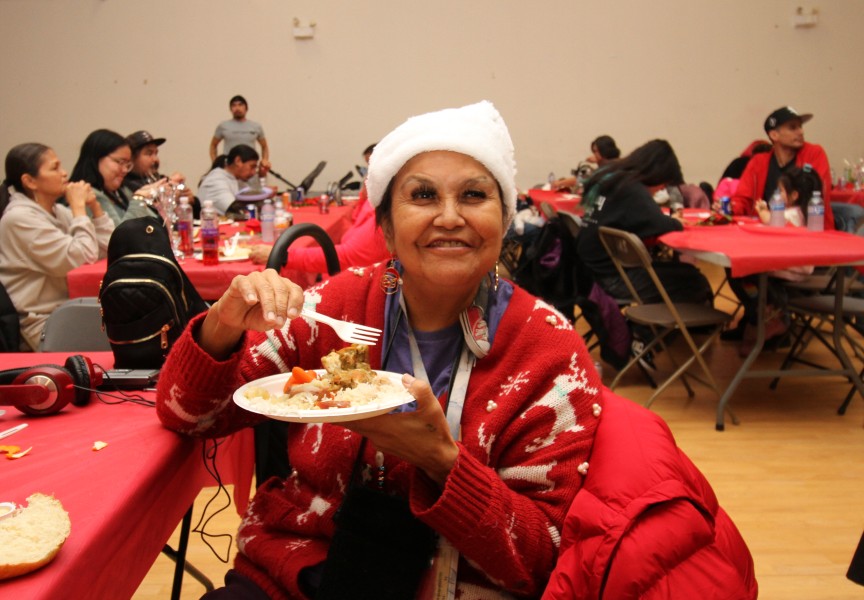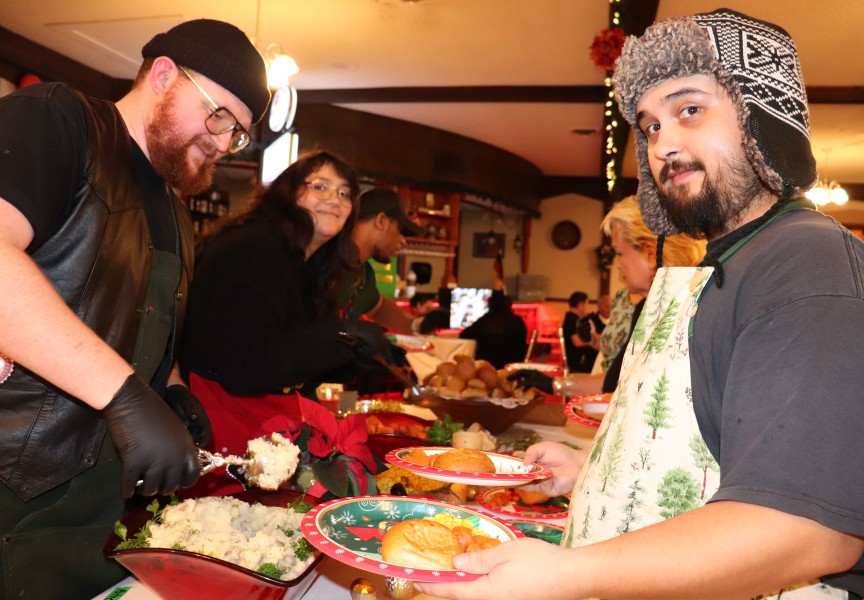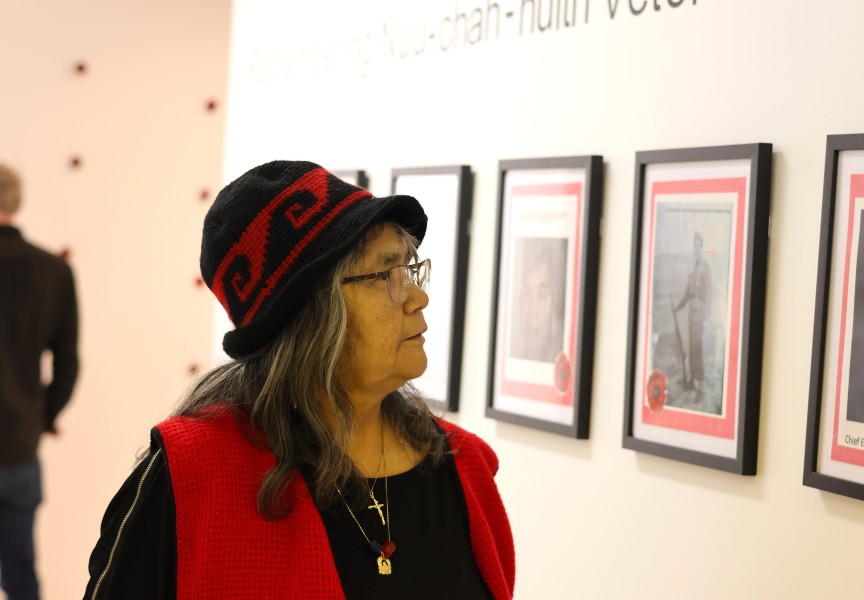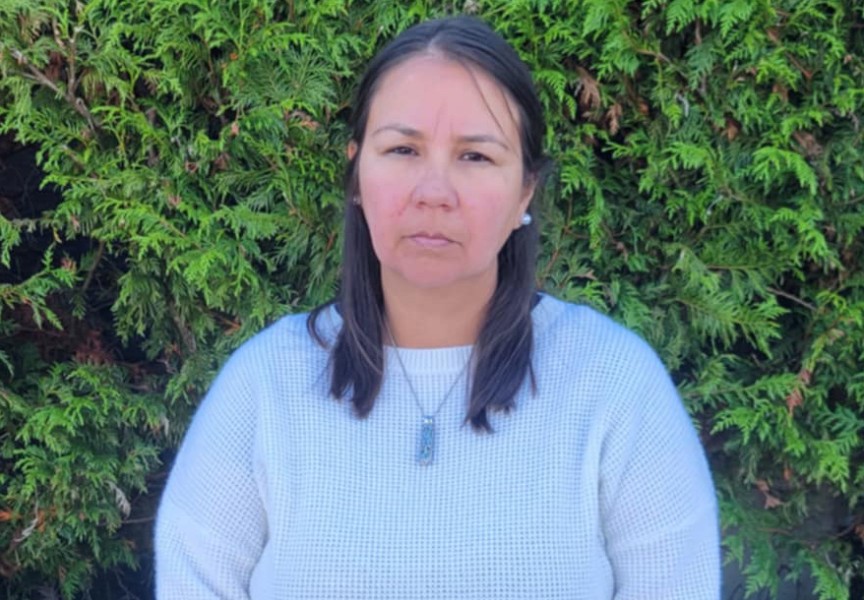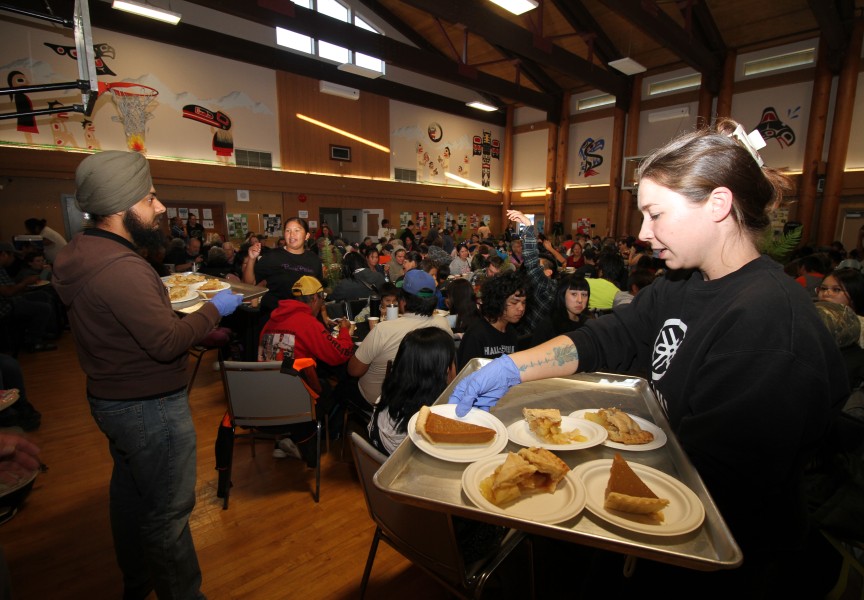The Nuu-chah-nulth Tribal Council, representing 14 First Nations along the West Coast of Vancouver Island, has been awarded $96,200 to establish and operate a tsunami debris cleanup program.
The successful proposal was made by the Nuu-chah-nulth Tribal Council, in partnership with community liaisons and leaders, as part of the ongoing effort to monitor, clean up and dispose of tsunami debris in their traditional territory.
The Tribal Council and the Ministry of Environment have signed an agreement for a cleanup program totaling $154,200. Funding includes $58,000 from the Nations and their partners through in-kind contributions and $96,200 from funding generously provided by the Japanese government.
“Our people know the first-hand impact of tsunamis and how they can devastate our communities and livelihoods, which is why we are actively involved in the cleanup. We appreciate the opportunity to work with the Province and collaborate with our community partners, and we honour and thank our Japanese neighbours for their generous contribution,” said Debra Foxcroft, President of the Nuu-chah-nulth Tribal Council.
The funds will be used to implement a tsunami debris management response plan for each of the 14 First Nations in partnership with local agencies, governments and organizations to identify and address any impact from debris found along the west coast of Vancouver Island.
Each Nation will be responsible for training their community liaisons and volunteers to recognize and respond to tsunami debris according to the protocols outlined in the B.C. Tsunami Debris Management Plan. The Nations will work with communities to co-ordinate up to 56 cleanups - four per First Nation.
“The Nuu-chah-nulth First Nations have been very proactive in addressing the unique challenge of tsunami debris. I am extremely pleased to support a tsunami debris cleanup program that is so ambitious and collaborative across the 14 traditional territories, which span the west coast of Vancouver Island,” said Mary Polak, Minister of Environment.
This announcement follows the awards recently granted to the Haida Gwaii Tsunami Debris Working Group and Coastal First Nations/Great Bear Initiative in their collaborative efforts to develop a plan for managing tsunami debris along British Columbia's coastline.
The funding is available through the one-time grant the Government of Japan presented to the Government of Canada earlier this year, for about $1 million, to help clean up tsunami debris resulting from the tragic 9.0 magnitude earthquake that struck Japan on March 11, 2011.
Funding will be available for the next two fiscal years to help with shoreline cleanup efforts and disposal of debris. Regional, collaborative applications with affected coastal First Nations and local governments are encouraged.
More information on this application process, including criteria, can be found at:
All funding decisions will be made by the federal-provincial Tsunami Debris Coordinating Committee (TDCC). Representatives from Environment Canada and the B.C. Ministry of Environment serve as co-chairs of the TDCC.
Quick Facts:
* The Nuu-chah-nulth Tribal Council represents the following 14 First Nations:
o Ahousaht
o Ehattesaht/Chinehkint
o Ditidaht
o Hesquiaht
o Hupacasath
o Huu-aya-ht
o Ka:'yu:'k't'h/Che:k'tle7et'h'
o Mowachaht/Muchalaht
o Nuchatlaht
o Toquaht
o Tla-o-qui-aht
o Tseshaht
o Uchucklesaht
o Yuu-cluth-aht
* The tsunami washed an estimated five million tonnes of debris into the sea. An estimated 70 per cent sank off the coast of Japan, leaving approximately 1.5 million tonnes floating in the Pacific Ocean.
* Since leaving the coast of Japan, the debris has been widely dispersed by ocean currents and winds. Some of it continues to sink or be trapped in garbage gyres. To date, B.C. has seen less debris than originally anticipated.
* The Tsunami Debris Coordinating Committee continues to co-ordinate with American Pacific coastal agencies in Hawaii, California, Oregon, Washington, Alaska and with the Japanese Government.
* Large collections of debris or significant objects should be reported to: DisasterDebris@noaa.gov
* If a person sees something on the beach that appears to be a source of pollution or hazardous material, they should contact the Provincial Emergency Coordination Centre at 1 800 663-3456.
* To see a map of confirmed tsunami debris sightings, please visit: http://marinedebris.noaa.gov/tsunamidebris/debris-map.html
Learn More:
BC Newsroom - Ministry of Environment:
http://www.newsroom.gov.bc.ca/ministries/environment-1/

